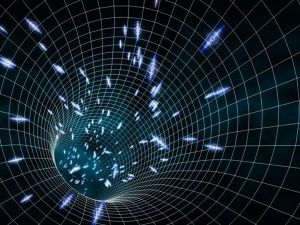Jan 21, 2020
Bioinvasion Triggers Rapid Evolution of Life Histories in Freshwater Snails
Posted by Quinn Sena in categories: biological, evolution
Am Nat. 2017 Nov;190:694–706. doi: 10.1086÷693854. Epub 2017 Sep 5.
Biological invasions offer interesting situations for observing how novel interactions between closely related, formerly allopatric species may trigger phenotypic evolution in situ. Assuming that successful invaders are usually filtered to be competitively dominant, invasive and native species may follow different trajectories. Natives may evolve traits that minimize the negative impact of competition, while trait shifts in invasives should mostly reflect expansion dynamics, through selection for colonization ability and transiently enhanced mutation load at the colonization front. These ideas were tested through a large-scale common-garden experiment measuring life-history traits in two closely related snail species, one invasive and one native, co-occurring in a network of freshwater ponds in Guadeloupe. We looked for evidence of recent evolution by comparing uninvaded or recently invaded sites with long-invaded ones.


















